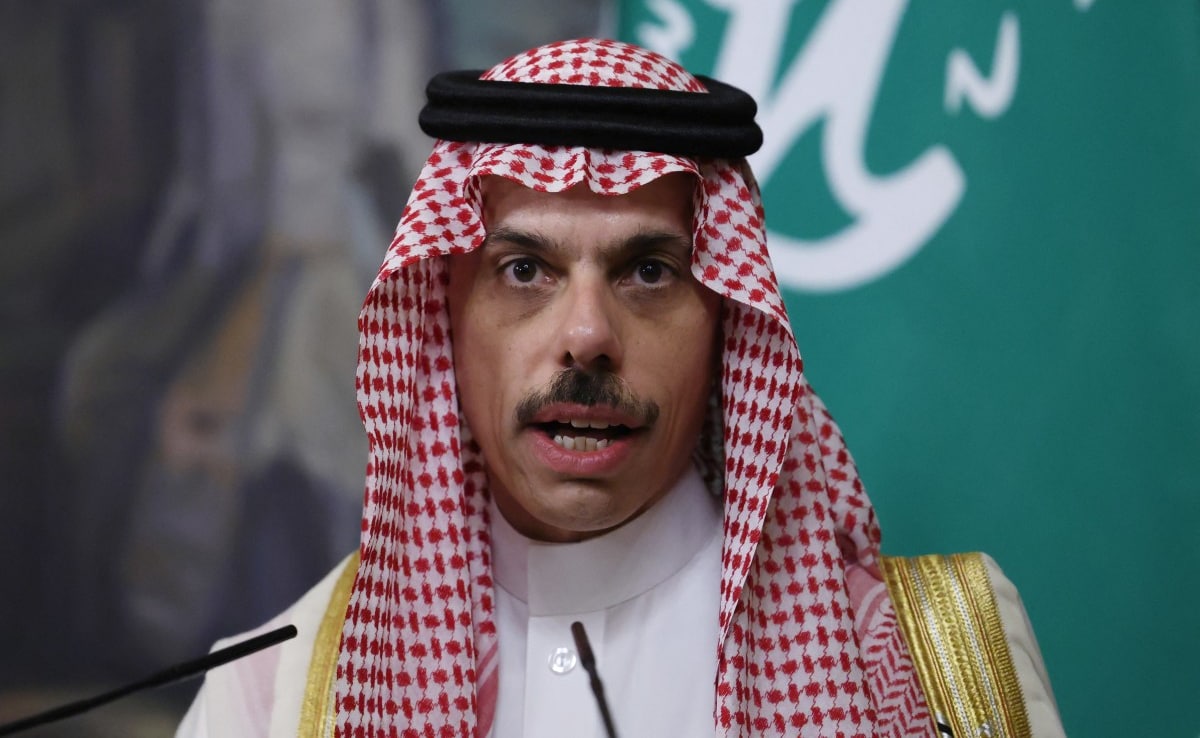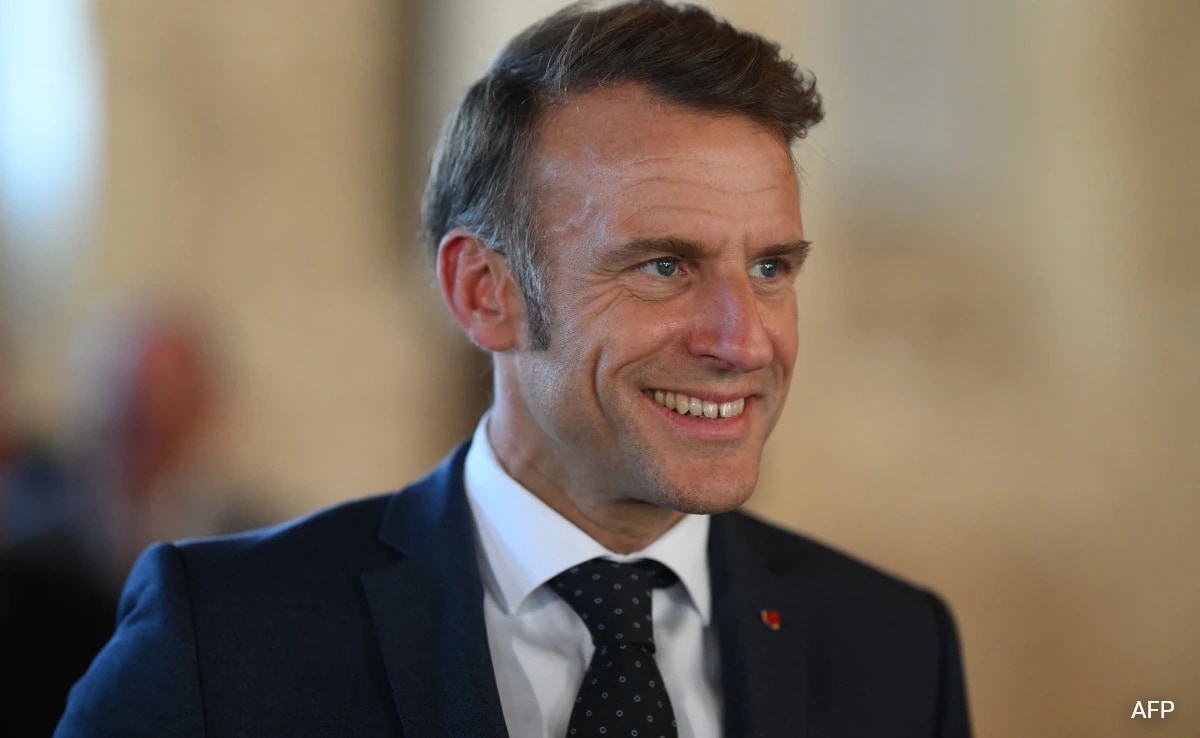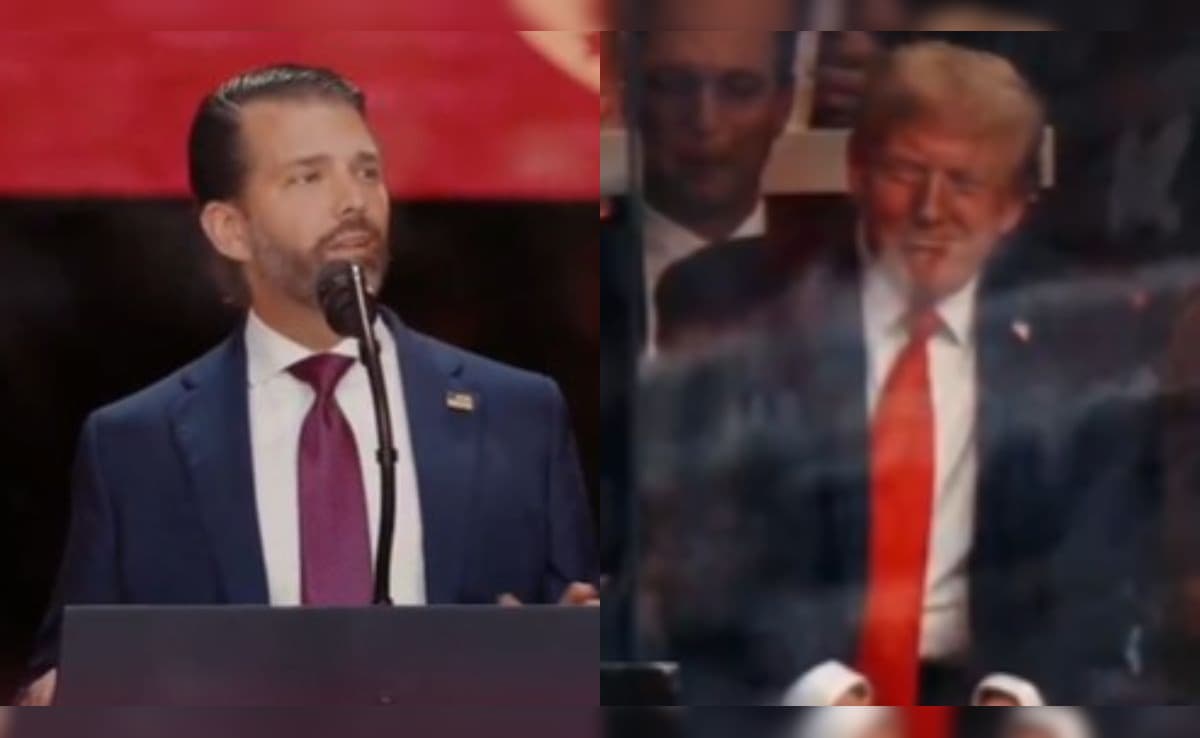Anisovych was later invited to sing Ukraine’s national anthem for thousands gathered in an arena in Poland, to raise money to support others like her fleeing the war.
A boy plays piano as troops close in on Kharkiv
Soon after Russia began its invasion in late February, as troops closed in on Kharkiv — Ukraine’s second-largest city — Washington Post video journalist Whitney Leaming heard a sound coming from several floors above. She ventured out into the hallway and pulled out her camera to capture a young boy sitting down at a glossy white piano in the hotel lobby to play a somber tune, amid the chaos.
The moment was viewed millions. The composers of the music he played, Philip Glass and Paul Leonard-Morgan, told The Post they could never have imagined their music would become the soundtrack to a war.
Mariupol under siege
Mariupol, a port city of more than 400,000 in the south of Ukraine,has been besieged by Russian forces for weeks, with reports of residents running out of food, water, medicines and heat.
If gained by Moscow, it would cement control of the Black Sea coast from the Russian-controlled Crimean Peninsula to the Russian border.
Electricity and telecommunications have been cut off there, as thousands have fled through unstable humanitarian corridors. Those who have remained face shelling, which has hit schools, a maternity hospital, a theater where several hundred people were sheltering and an art school where many were hiding underground.
At least 100,000 people are still living under worsening humanitarian conditions and fearing for their lives in Mariupol, Ukraine’s president said earlier this week.
An E.U. interpreter breaks down during the Ukraine president’s speech
As the war began, an unnamed European Union English-language interpreter momentarily lost his composure, becoming audibly emotional while translating remarks from Ukrainian President Volodymyr Zelensky’s address to lawmakers.
During the virtual speech, Zelensky was describing the shelling of Kharkiv. “Can you imagine, two cruise missiles, dozens killed,” the interpreter said, his voice shaking. “This is the price of freedom.”
His speech was a desperate plea to the European Parliament for aid and military support and was met with a standing ovation from lawmakers. Zelensky has since address Congress, along with Britain and Japan’s parliaments, among others.
Zelensky’s wartime addresses.
Regular video addresses by Ukraine’s President Zelensky have punctuated the war. The former comedian and Netflix TV star has used utilized social media to communicate with Ukrainians, Russian and people around the world directly.
In the first days of the conflict, he raised morale with videos showing that he had not fled the capital. He has since addressed the nation almost nightly on issues from humanitarian corridors to Ukraine’s military gains and pleas to Russian fighters to lay down their arms.
Four weeks on, Zelensky issued an English-language video from outside a government building, calling on people across the world to come out to protest on Thursday and denounce Russian aggression.
“Make yourself visible and heard,” he said in English. “Say that people matter, freedom matters. Peace matters. Ukraine matters.”
Kyiv’s TV tower hit
A symbolic moment in the capital came after a large TV tower protruding into the sky in central Kyiv was hit, killing at least five people, according to the Ukrainian government.
The strike temporarily stalled broadcasting in the city and disrupted communication capabilities. Infrastructure that once served millions in Ukraine has become inoperable as roads, bridges, shopping malls and apartment blocks are reduced to rubble.
The strike hit in the vicinity of a major holocaust memorial.
Attacks on residential buildings.
One month into the war, 3.6 million people have fled Ukraine, according to the United Nations. More than half have gone to neighboring Poland.
Those who stay behind in places such as in Bila Tserkva, a city of around 200,000 people near Kyiv, face shortages of basic goods and live under the threat of bombardment.
Bila Tserkva is a much-desired strategic prize in Russia’s effort to choke off Kyiv. For the moment it remains at the mouth of one of the few relatively safe passages in and out of the capital. It is also a major hub for humanitarian aid and military deliveries into the capital.
Children are casualties of the war
More than half of the historic wave of refugees flooding Europe are children. That means one child has become a refugee nearly every second since the start of the war, according to UNICEF.
Many are traveling with siblings, mothers and grandparents as they say goodbye to their fathers who stay behind conscripted to fight, undertaking disorienting journeys in cars, trains and by foot.
Ukraine’s attorney general’s office has reported at least 128 children have been killed in the fighting so far, and more than 100 wounded.
.png)











 English (United States) ·
English (United States) ·  Turkish (Turkey) ·
Turkish (Turkey) ·